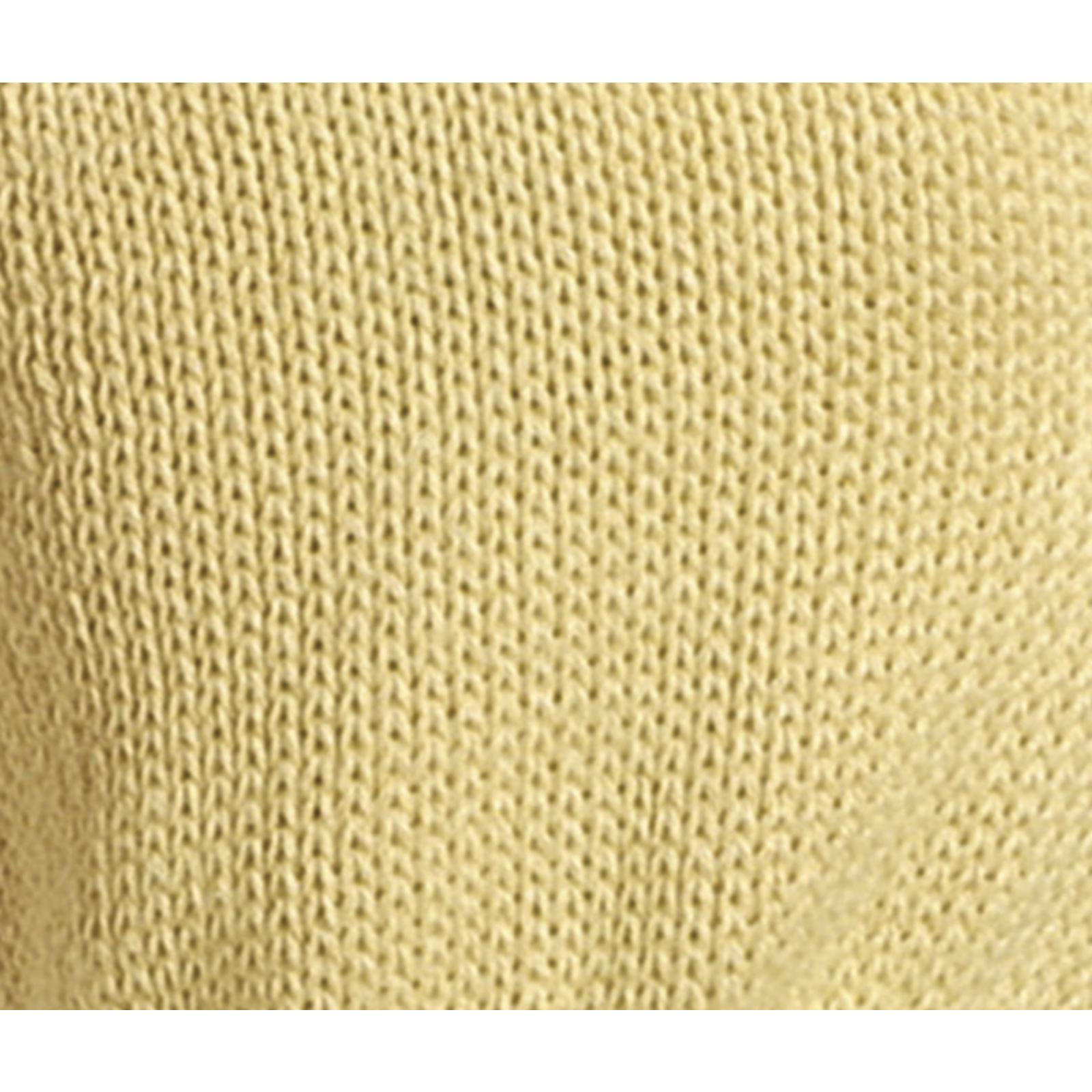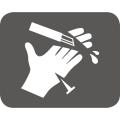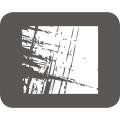The product complies with the European Directive 89/686, notably regarding ergonomics, innocuousness, comfort and with standards :
WATER REPELLENT COWHIDE GRAIN LEATHER GLOVE PALM TURNED LINED KEVLAR® – 2 YARNS
Water-repellent cowhide full grain leather. Reverse hide cowhide full grain leather palm. 100% Kevlar® Technology knitted lining. 2 threads. Gauge 10.
Back : Water-repellent cowhide full grain leather – thickness 1 to 1,2 mm
Palm : Water-repellent turned over cowhide full grain leather – thickness 1 to 1,2 mm
Lining 100% Kevlar®, gauge 10, 2 yarns.
03/09/15

Kevlar® lining :
• Better resistance to cut, tear and puncture

Water-repellent treatment on full grain leather is 10 times more efficient than on split leather
| Reference |
pcb |
Colour |
Size |
| FIBKV0208 |
60 |
Beige |
08 |
| FIBKV0209 |
60 |
Beige |
09 |
| FIBKV0210 |
60 |
Beige |
10 |
EN420:2003+A1:2009 General requirements • Conform to harmlessness (pH, chrome VI levels, etc…).
• Conform to the size charts (see chart on below).
• Pass the dexterity test.
• Conform to the labelling, information and identification instructions.
EN388:2003 Protective gloves against mechanical Risks (Levels obtained on the palm) - 3 Resistance to abrasion (from 1 to 4)
- 3 Resistance to cutting (from 1 to 5)
- 4 Resistance to tear (from 1 to 4)
- 3 Resistance to puncture (1 to 4)
The EN388 standard applies to all types of protective gloves with respect to physical and mechanical aggression from abrasion, cutting from slicing, perforation and tearing.
ABRASION RESISTANCE (1 à 4): Number of cycles required to damage the sample at constant speed.
RESISTANCE TO CUTTING WITH A BLADE (1 à 5): Number of cycles required to cut the sample at constant speed.
RESISTANCE TO TEARING (1 à 4): Maximum force required to tear the sample.
RESISTANCE TO PERFORATION (1 à 4): Force required to pierce the sample with a standardized punch.
EN420:2003+A1:2009 4.2 Glove - Resistance to water penetration - 4/4 ≥ 180 mn Level of performance - Time of penetration






